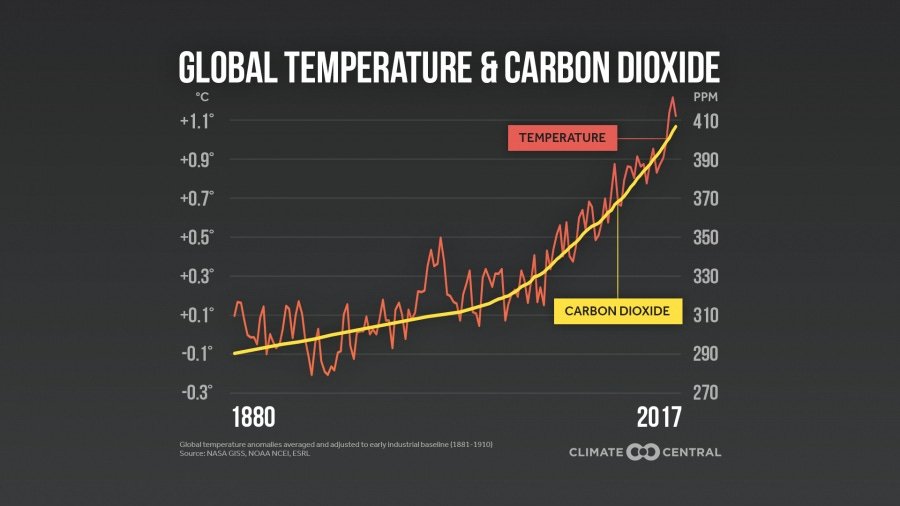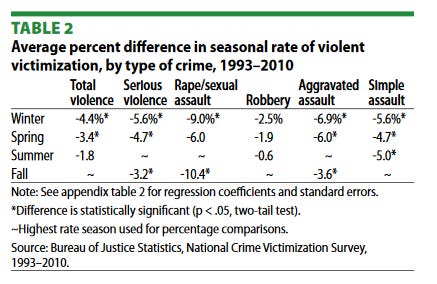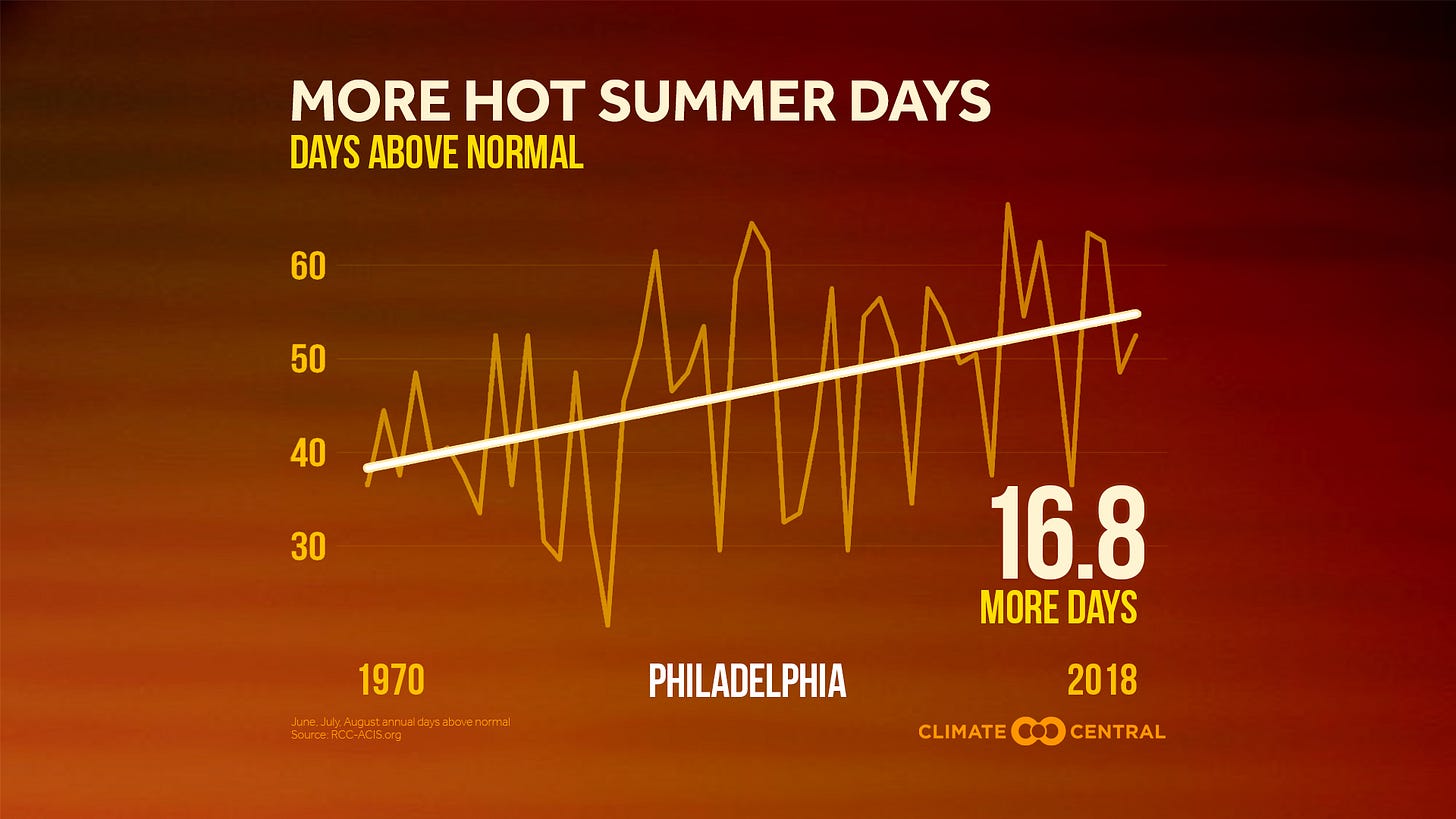Hotter Summers = Increases in Violence
Croix Ellison | Research Fellow
Days have been very hot, and climbing, since the first seasonal day of Summer 2019. The thoughts of school days ending and hours-long walks on a distant beach, however, can be quickly marred by concerns over how much hot summers cause homicides.
Summers are getting noticeably longer and hotter, meaning there are more summer days above 90 degrees. The reasons are somewhat obvious as man-made emissions are on the rise and the heat along with them …
Violence, and more specifically homicides, rise as a result of those two factors. The direct correlation is there, as the Bureau of Justice Statistics noted several years ago in its 2014 Seasonal Patterns in Criminal Victimization Trends report
We’re already seeing very troubling and rising homicide rates in cities along the I-95 Northeast corridor such as Washington, D.C., Baltimore and Philadelphia. Each of these cities are experiencing summers that are longer with above normal hot days than the national average, according to Climate Central
In D.C., we’ve noticed a 52 percent increase in homicides overall since 2014, according to collected Washington Post data …
Based on warming, there are now also nearly 12 more hotter days of above normal summer temperatures in D.C.
In Baltimore, similar patterns. There were 211 homicides in 2014, according to The Baltimore Sun. In 2018, that reached 309 - a 46 percent increase …
Longer summers are also prevalent in Baltimore …
In Philadelphia, there were 248 homicides in 2014, according to the Philadelphia police crime tracking data tool - by 2018, that was 348. That’s a 40 percent increase …
This is what summers in Philly look like now …
With this sort of correlation, the future doesn’t look to promising, according to the Climate Impact Lab, if these cities aren’t figuring out creative ways - and not just more policing, either - to reduce violent crime …
Cities such as the sample above will need to consider climate change as a factor when responding to spikes in violence. Law enforcement and city leaders will need to not only view heat as a nuisance, but as a major public health threat that is multi-dimensional. There are, literally, cooling strategies that could help: for example, researchers suggest additional tree canopies can reduce crime, including homicides, by as much as 12 percent. Adding mandatory air conditioning laws for housing units and free water stations could also be among numerous violence mitigation strategies public safety officials could be using.











